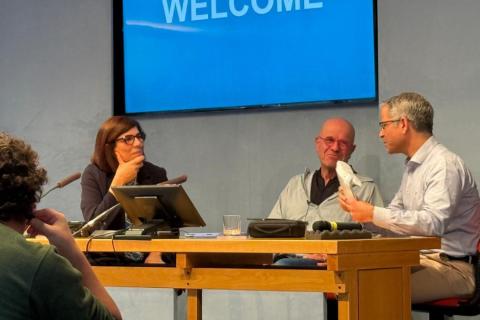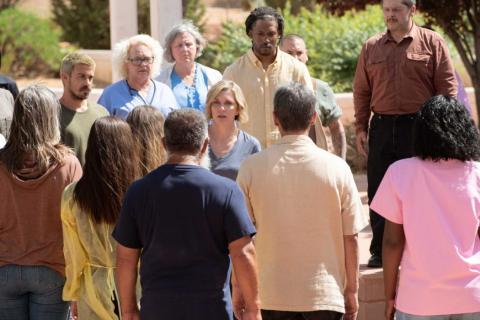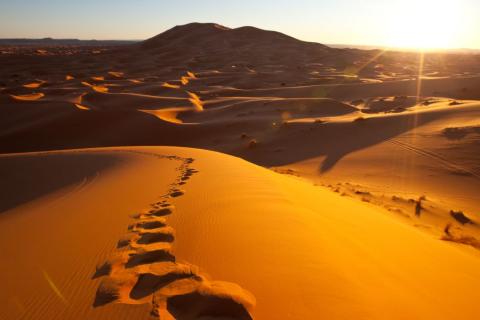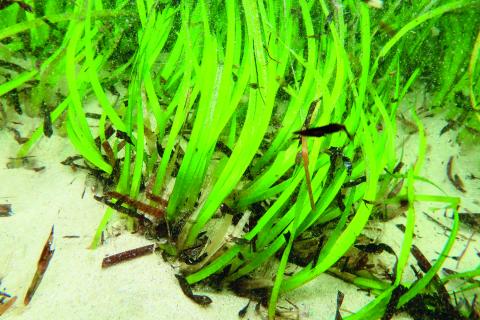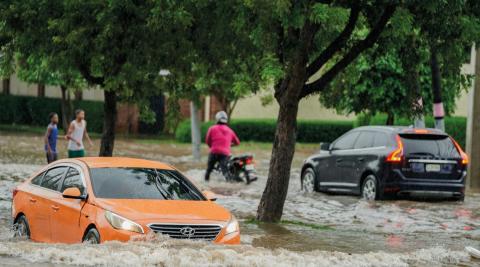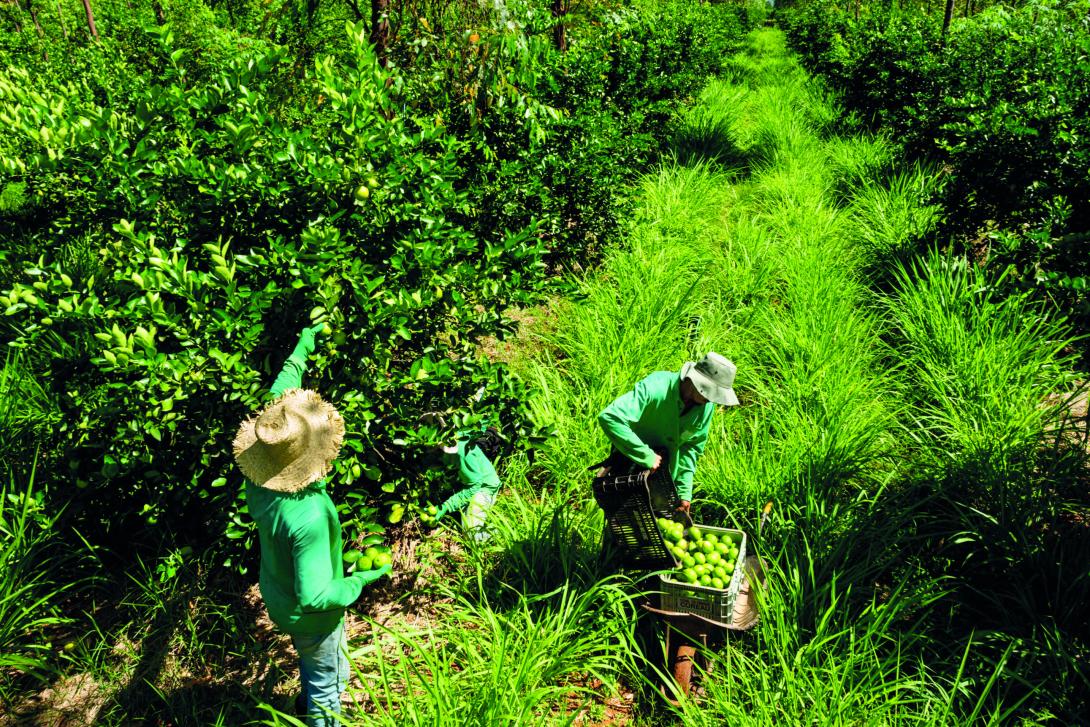
Photo by henriqueferrera on 123rf.com
Usually, agriculture is seen as the enemy of the rain forest, nicknamed “the lungs of the earth.” However, new studies show that this judgment is wrong—it all depends on which kind of agriculture is being done. Agroforestry seems a way to counteract the trend of deforestation.
The largest rain forest is the one that covers the Amazon basin, an area of some 6.9 million square kilometers or 2.7 million square miles. To put it in context, the land area of the lower 48 States of the U.S. is 3.1 million square miles. In fact, the Amazon basin accounts for about 40% of the land mass of the South American continent.
Because of its size, the Amazon rainforest is crucial for preserving the health of our planet. The dangerous trend of cutting down vast expanses of forest to make room for agriculture and ranching was decried by environmentalists as early as the 1970s, only to be dismissed as alarmism spread by some “tree huggers.”
Today the situation appears grim. In 2019, the NGO Greenpeace reported that vast areas of the Amazon were emitting more CO2 than they were absorbing. It was also reported that at current rates of deforestation, 27% of the Amazon basin would be treeless by 2030.
Deforestation for the purposes of farming has exposed a double-edged sword, a catch-22 situation. Trees store water in their roots, and then release it when the air around them is hot. As trees are cut down, the availability of water for farming is decreased.
This shortage of water has resulted in a drop in harvest yields. The worst drought in a century in 2021–22 cut Brazil’s national earnings from agriculture by 5.5% year over year, exacerbating an ongoing downward trend. It’s likely to continue.
The U.S. Department of Agriculture defines agroforestry as “the intentional combination of agriculture and forestry to create productive and sustainable land use practices. These practices take advantage of the interactive benefits from growing trees and shrubs together with crops and/or livestock.”
Agroforestry resembles the way that the original inhabitants of the forest used the land. Up to 10 million tribespeople lived in the Amazon before the arrival of Europeans, cultivating fields and orchards. Today about 1.5 million indigenous peoples survive, billions of trees are already gone, while farms expand and 50 million heads of cattle graze where old trees once stood.
In an article published by Time earlier this year, reporter Ciara Nugent interviewed agroforestry experts Paula Costa and Valter Ziantoni who are using their knowledge to develop their land in the State of Sao Paolo in Brazil’s southeast region. A once fertile forest area, it is now deforested and the soil is hard and dry.
Costa and Ziantoni are planting beans, millet and radish, as well as “shrubby coffee plants, big-leaved banana trees, and native trees, like sturdy hardwood jatobas, or towering guanandis.” As they grow, some plants will draw nutrients to the topsoil while others will draw moisture from the atmosphere.
More and more farmers see agroforestry as an important tool in addressing the issue of deforestation. This is true not only in Brazil, but it is gaining momentum in far-flung places such as Cameroon, Indonesia and Peru. It is worth noting that indigenous communities are leading the way in many of these places.
The way forward will not be easy. As we work to ensure the health of the earth, it will be necessary for governments to enact and enforce laws that protect rainforests—tropical and temperate—from wanton destruction. At the same time, agroforestry projects need to be encouraged and funded.
Crop diversification implies increased complexity, which makes agroforestry labor intensive. Yet, along with other measures, it offers promise not only for regions like the Amazon basin, but also for agriculture everywhere in an increasingly hotter and drier world.
With material from earth.org, Time and National Geographic



